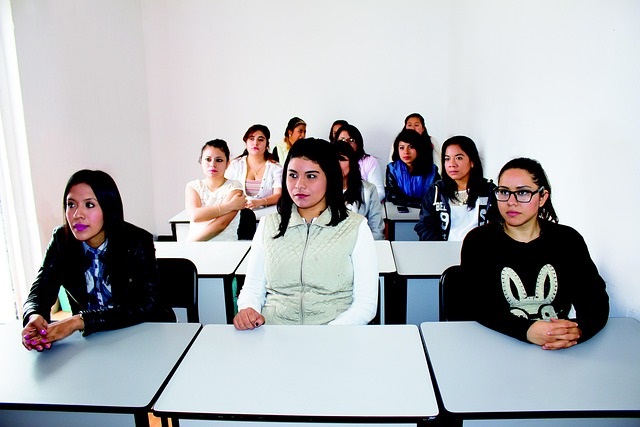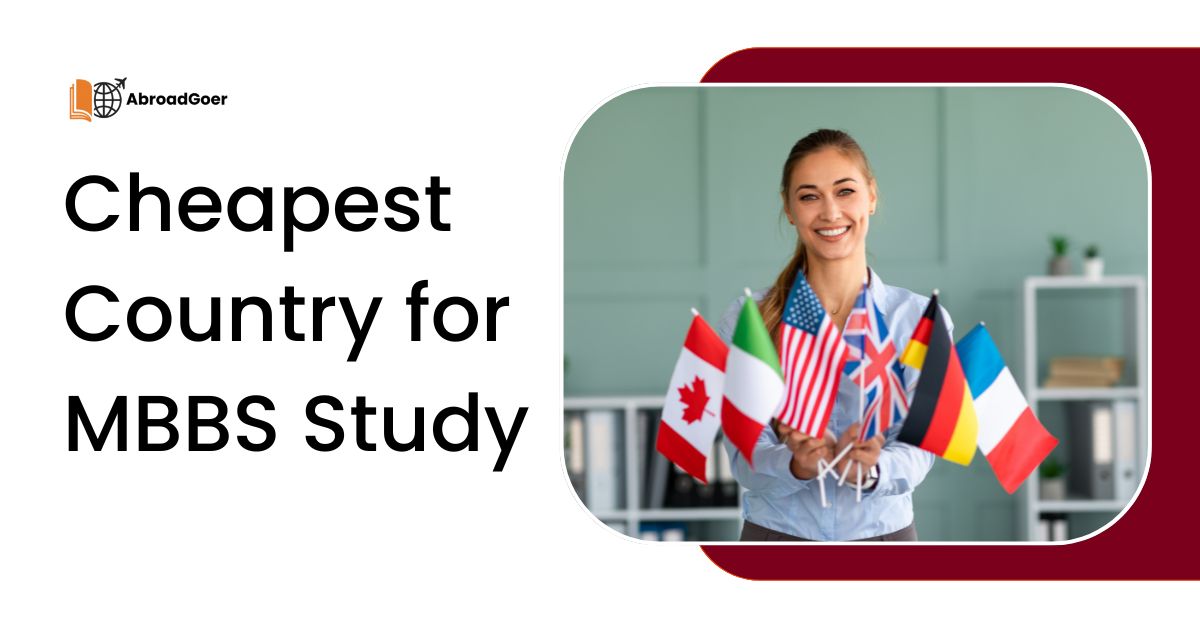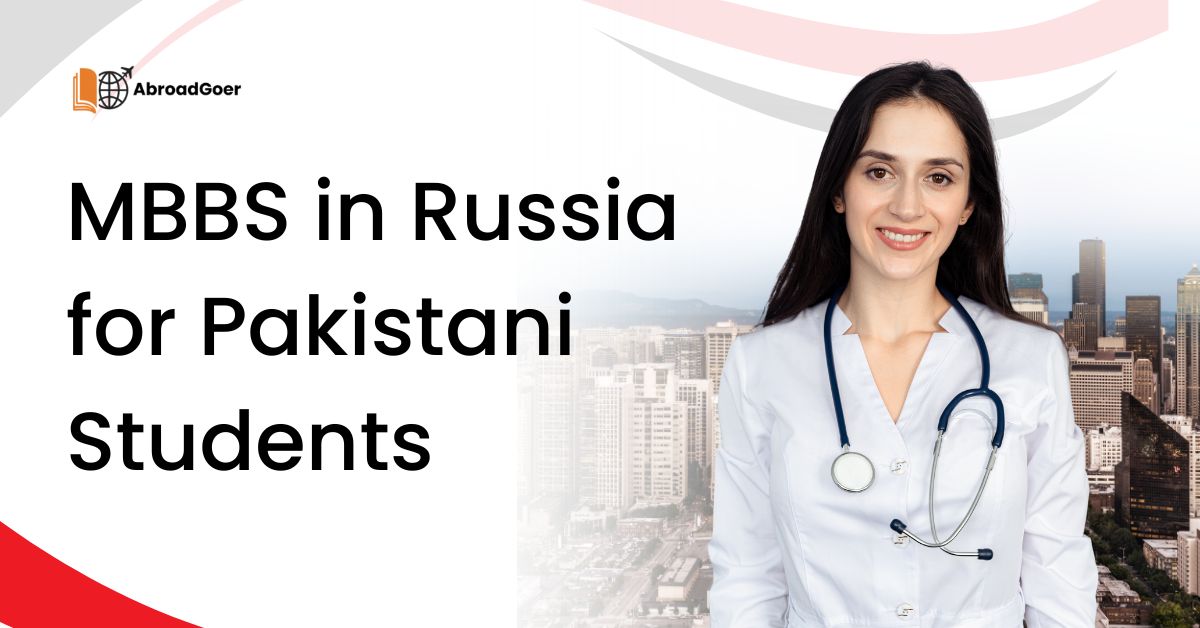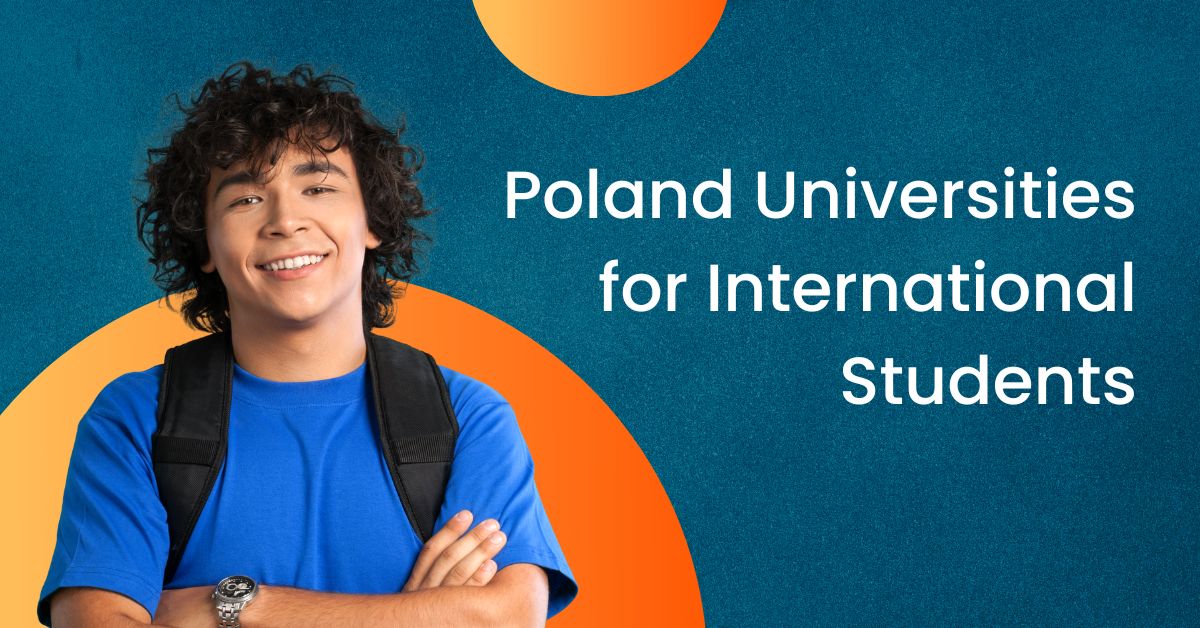Cheapest Country for MBBS Study
Have you ever dreamed of wearing that white coat, helping people, and being called a ‘doctor’? For many bright students in Pakistan and India, this dream faces a huge hurdle: the incredibly tough competition and sky high costs of medical education right here at home. It is like trying to find a needle in a haystack, and even if you find it, it might cost you an arm and a leg.
Cheapest Country for MBBS Study. But what if I told you there is a world of opportunity waiting outside our borders? A world where becoming a doctor is not just a pipe dream for the privileged few, but an affordable and achievable reality for everyone with dedication and passion? That’s right, studying MBBS abroad is fast becoming the go-to solution for thousands of students looking for quality medical education without breaking the bank.
In this detailed guide, we are going to take a deep dive into the cheapest countries for MBBS study, helping you unlock your potential and put on that white coat sooner than you think. We will talk in simple, easy-to-understand language, share some real-life stories, and give you a step-by-step roadmap to make this journey smooth and successful.
Why Look Beyond Our Borders
- Cost Breakdown (Estimated for 2025):
- Tuition Fees: Can range from USD 3200 to 7000 per year, approximately INR 2.7 to 5.95 lakhs or PKR 9 to 19.5 Lakhs, depending on the university. Some universities, like Kemerovo State University or Tambov State University, offer fees around
USD 3,200 – USD 4,000 annually. - Hostel Fees: Usually around USD 200 – USD 1,000 per year.
- Living Expenses: Generally low, around USD 200-USD 400 per month, approx. INR 17000- 34000 or PKR 55000-110000, depending on your lifestyle and city.
- Total Course Cost: A 6-year program could range from USD 19000 to 42000, approx INR 16 lakhs to 35lakhs or PKR 52 Lakhs to 1.15Crore.
- Why Russia?
- NMC-and PMC-approved universities are abundant.
- English-medium instruction is widely available.
- Many universities offer a balanced curriculum with good clinical exposure.
- Scholarship opportunities are also available.
When I first looked into MBBS in Russia, I was skeptical. How could it be so much cheaper? But then I met a senior who had graduated from Kazan State Medical University. He told me about the excellent facilities and how he easily cleared his FMGE Foreign Medical Graduate Examination back in India. It completely changed my perspective.
2. Kyrgyzstan: The Hidden Gem for Budget-Conscious Students
Kyrgyzstan has emerged as one of the most affordable destinations for MBBS study. While some sources advise caution due to varied accreditation details, many universities are indeed recognized by international bodies.
Cost Breakdown (Estimated for 2025):
- Tuition Fees: Extremely competitive, starting from as low as USD 3200 per year for some universities like Central Asian International Medical University and Osh International Medical University. Others, like the Kyrgyz State Medical Academy, might be higher at USD 8500 per year.
- Hostel Fees: Around USD 500 – 800 per year.
- Living Expenses: Very low, typically USD 200 – USD 350 per month, approx. INR 17,000 – 30,000 or PKR 55,000 – 95,000.
- Total Course Cost: A 5-year program could range from USD 18000 to USD 32000. A 5-year program could range from approximately USD 18,000 to USD 32,000. INR 15 Lakhs to 27 Lakhs or PKR 49 Lakhs to 88 Lakhs.
Why Kyrgyzstan?
- Super affordable fees make it accessible to many.
- English-medium instruction is common.
- NMC& PMC universities are present.
- Low cost of living.
While Kyrgyzstan offers very low costs, it’s crucial to verify the accreditation of any university with the respective medical councils, NMC for India, PMC for Pakistan, before making a decision. Some sources indicate potential concerns about quality and recognition for certain institutions. Always check the latest list of approved universities.
3. Kazakhstan: A Growing Hub for Medical Education
Kazakhstan is another popular choice, offering a good balance of quality education and affordability.
- Cost Breakdown (Estimated for 2025):
- Tuition Fees: Generally between USD 41000 to 7500 per year, approx. INR 3.5 lakhs to 6.4 lakhs or PKR 11.5 Lakhs to 20 Lakhs. Universities like Semey Medical University and South Kazakhstan Medical Academy offer competitive rates.
- Hostel Fees: Around USD 700 -1000 per year.
- Living Expenses: Moderate, approximately USD 250-450 per month. INR 21000-38000 or PKR 68000-124000.
- Total Course Cost: A 6-year program could range from USD 25000 -42000, approximately INR 21 Lakhs to 36 Lakhs or PKR 68 Lakhs to 1.15 crore.
- Why Kazakhstan?
NMC and PMC are recognized universities.
English-medium education is widely available.
A structured curriculum with practical exposure.
Cheapest Country for MBBS Study in Asia
Beyond the Central Asian republics, other Asian countries offer compelling MBBS options at competitive prices.

China: A Giant in Medical Education
China has a vast number of medical universities and has been a very popular choice for MBBS study, especially for Pakistani and indian students.
Cost Breakdown (Estimated for 2025):
- Tuition Fees: Depending upon the bilingual program, it could cost as little as USD 2,900 yearly (between PKR 8 Lakhs or INR 2.4 Lakhs). The English-medium programs usually start at circa USD 4,200 a year (approx. PKR 11 Lakhs or INR 3.5 Lakhs). Living Costs: Medium, it can vary in accordance with the city.
- Cost of the Course: This may be USD 25,000 to USD 45,000 (21 Lakhs to 38 Lakhs or 68 Lakhs to 1.2 Crore), depending upon the duration of the course and internship (6 years).
Why China?
- A wide range of NMC/PMC and WHO-recognized universities.
- Well-established infrastructure and well-developed research centers.
- There are English-medium programs, together with, occasionally, a component of a local language, to converse with the patients.
Philippines: US-Patterned Medical Education. It also has an alternative program in MBBS, which is offered in the Philippines (its name is MD in the Philippines, but it is equivalent to MBBS), and adheres to the pattern of education of the US system. This is awesome in the event that you intend to undertake the USMLE (United States Medical Licensing Examination) in the future.
Breakdown of Cost (Estimates by 2025):
- Tuition Fees: This could be between USD 3,000 to the upper figure of USD 30,000 ( approx. INR 2.5 Lakhs to 25 Lakhs or PKR 8 Lakhs to 82 Lakhs) with a lot of variation at each university. Universities such as Lyceum-Northwestern University have cheaper tuition fees worth USD 13,000 in total course fees.
- Living expenses: USD 120 – USD 180 per month (INR 10,000 – 15,000 or PKR 33,000 – 50,000).
- Cost of the Course: There is a 6-year program (which consists of Bachelor of Science and Doctor of Medicine), and the costs may be between USD 20000 to USD 150000 (approx. INR 14 Lakhs to 1.2 Crore or PKR 38 Lakhs to 4 Crore).
Why the Philippines?
- Curriculum based in the USA is perfect for the aspirants of the USMLE. English being the language used to teach, communication is convenient. o Internships that expose the student to good clinical experience.
- A wide range of NMC, PMC, and WHO-recognized universities.
Bangladesh: A Known Neighbor of Indian and Pakistani Educated Students who come to study in Bangladesh are mostly Indians and Pakistanis (including those of the eastern and northern provinces) who do not find it very peculiar to study in both cultural and weather conditions.
Breakdown of Cost (Estimates by 2025):
- Tuition Fees: On average, USD 32,000 to USD 42,000 in total (approx. INR 27 Lakhs to 35 Lakhs or PKR 88 Lakhs to 1.15 Crore).
- Living costs: Quite cheap, like in Indian cities, approximately between USD 150 – USD 250 a month.
Why the blighted Bangla? There are NMC-and PMC-approved universities.
- The instruction in English is widespread.
- The same climate and food, and it is easier to adjust to it.
- Optimal teacher-to-student ratio and real practice. Europe has the cheapest courses to do your MBBS in, and it is the cheapest place to do your MBBS in Europe, so far as Pakistani Students are concerned. There is a perception that Europe is very costly, but there are quite a few Eastern European countries, as well as a few Southern European countries, which can be very low-cost in terms of MBBS programs.
Cheapest Country for MBBS Study in Europe & Cheapest MBBS in Europe for Pakistani Students
Europe is often expensive, but several Eastern European and even some Southern European countries offer surprisingly affordable MBBS programs.

Ukraine:
An Alternative in the European Fee Savings Location, Ukraine has always been one of the best choices in terms of MBBS in a different country with a European experience at an extremely low price.
Breakdown of Cost (Estimates by 2025):
- Tuition Fees: These first-year fees average between USD 7,000 to USD 8,500, but later years will reduce to USD 3,500 to USD 4,300 a year. Universities such as Danylo Halytsky Lviv National Medical University provide around USD 4900 annually.
- Living Costs: The living costs are quite low, it is estimated to be between USD 350 and USD 650 per month (about INR 29000 to 55000 or PKR 95,000 to 180,000).
- Total Cost of Course: A 6-year program may be about USD 28,000 to USD 40,000 (approx. INR 24 Lakhs to 34 Lakhs or PKR 77 Lakhs to 1.1 Crore).
What about Ukraine?
Teaching in English. Degrees accepted around the globe (WHO, NMC, PMC). Chance to have an insight into European culture. o Certain universities offer contemporary teaching equipment and exposure at an early age.
2. Georgia:
quality European at a fair price. Georgia is a nation that lies at the border of Europe and Asia, and within a very short time, it is becoming very popular due to the low medical education costs and simple medical education admission procedures.
Breakdown of Cost (Estimates by 2025):
- Tuition Fees: Tuition fees are USD 4,000 to USD 8,000 per annum ( approx. INR 3 Lakhs to 6.6 Lakhs or PKR 11 Lakhs to 22 Lakhs ). Some universities, such as Akaki Tsereteli State University, have fees that range from USD 5,100in the first year.
- Hostel & Living Expenses: May be USD 250- USD 350 (INR 20,000 – 30,000 or PKR 68,000 – 95,000) per month. The hostel and food are part of some of the university packages.
- Cost: A 6- années parcours can be someplace in the scope of USD 25,000 to USD 48,000 (in rough terms INR 20 Lakhs to 40 Lakhs or PKR 68 Lakhs to 1.3 Crore).
Why Georgia? NMC/PMC and WHO approval.
The instruction is usually in the English medium. The admission process is fairly simple. Risk-free and friendly atmosphere.
Poland, Romania, Bulgaria: European Dream is Closer to Reality. Countries such as Poland, Romania, or Bulgaria are more expensive compared with the choices mentioned above, but the European experience with fees, nevertheless, remains much cheaper than the countries of Western Europe or North America, either.
Poland:
- Tuition Fees: Approximately USD 5000 to USD 15000 (Approx. INR 4 Lakhs to 12.5 Lakhs or PKR 13 Lakhs to 41 Lakhs). Advantages: It is a member of the Schengen Zone, which means easy movement in Europe. Good education and facilities.
Romania:
- Tuition Fees: The annual tuition fees of a public university are 3,000-6,000 (approx. INR 2.7 Lakhs to 5.4 Lakhs or PKR 8 Lakhs to 16 Lakhs).
- Advantages: Low cost of living (4-7 hundred euros a month). Accredited Universities globally and early medical experience.
Bulgaria:
- Tuition Fees: 6000-9000 Euros (or approx. INR 5.4 Lakhs to 8 Lakhs or PKR 16 Lakhs to 24 Lakhs) per annum.
- Advantages: NMC and WHO-recognized institutions. Healthy teacher-to-student ratio. Lowest costs of studying medicine in Africa. Africa is one of the new destinations for MBBS studies, as there are certain countries that provide competitive prices and unusual learning conditions.
Egypt:
North African Solution at a Bargain, Egypt is rising with beautiful medical programs for international students. • Breakdown of Cost (Estimates by 2025):
- Tuition Fees: It could run between USD 3,000 and USD 5,500 annually.
- Living Expenses: It is fairly inexpensive.
Why Egypt? There are NMC-approved universities available.
Increased population of foreign students.
A good system of clinics (public hospital network) to practice in. What is the best MBBS Scholarship Country? Studying MBBS abroad scholarship can make a foreign MBBS even more affordable to lower-income countries, which means reducing the cost. Most nations have merit scholarship programs and need scholarships or government-funded programs.
Germany:
Public universities in Germany do not charge fees for MBBS; however, admission is very competitive; usually, knowledge of the German language is a prerequisite. Nonetheless, there exist other scholarships capable of sustaining the cost of living, including scholarships offered by the DAAD (German Academic Exchange Service).
China:
The Chinese government, as well as numerous universities, provides international students with a large range of scholarships, such as a complete removal of the tuition fee or covering the living allowance.
Russia:
In the same way, Russia also offers governmental scholarships, according to which the cost of studying MBBS abroad can be considerably decreased.
Italy:
Italy is a great choice regarding scholarships. The values of Regional scholarships that form the largest portion on a financial need basis are normally good to cover tuition and offer a considerable livelihood grant. This would make Italy a very nice place for Pakistani students to find the cheapest MBBS in Europe with a high level of financial support. The most effective thing that should be done is to conduct thorough research on the particular university programs and government programs to determine where one will get the best country to study MBBS, as well as where one will get a scholarship.
List of the Best 10 Countries to Study MBBS
- When you review price, reputation, quality, and student life, here is a glossary of the best players:
- Russia
- Kyrgyzstan
- Kazakhstan
- China
- Georgia
- Ukraine
- Philippines
- Bangladesh
- Poland
They all have a different set of strengths, although all of them aim to give you a good basis to build your future medical career in a more affordable way than a variety of conventional locations
The Application Journey: Your Step-by-Step Guide to Studying MBBS Abroad
So you have picked a potential country, what’s next? Here is a general roadmap for applying to MBBS programs abroad.
Step 1: Research and Shortlist Universities
Here is where you get down to work! Browse through college websites, find out their ranking, and above all, ensure that they are recognized by the medical councils in your native country (e.g., NMC in the case of India or PMC in the case of Pakistan). Make sure the program is instructor in English.
Hint: search for universities that are stated directly as NMC- or PMC-approved in any official lists. This is essential considering your capability to practice medicine at home.
Step 2: Check Eligibility Criteria
- Academic Qualification: You need 50-60 %marks in Physics, Chemistry, and Biology (PCB) in your 10+2, FSc, or equivalent. Most Universities in India require you to have that much.
- Entry examinations: o In the case of Indian Students, you need to pass through the NEET (National Eligibility cum Entrance Test) even when you plan to study abroad. This is one of the requirements of the NMC that cannot be negotiated.
- Pakistani Students: According to the new PMC requirements (effective July 2024 and onwards of 2024-2025 intake), you must have at least 60 percent in FSc (Pre-Medical) and 50 percent in MDCAT results. The university abroad must also receive approval from WFME or WDOMS, and there should be at least 5 years and 6200 credit hours.
- Language Proficiency: Though most programs are in English, some universities may demand English proficiency (such as IELTS or TOEFL), but this is not always the case, particularly not in such countries as Ukraine or Kyrgyzstan.
- Age Restriction: As a rule, you must be 17 years old at the end of the year of admission (31st of December).
Step 3: Settle Your Paperwork - Academic Transcripts: 10th and 12th FSc mark sheets.
- Passport: A valid passport, which has at least 3+ years of validity.
- NEET, MDCAT Scorecard: As it applies. Photographs: 2 X photocopied.
- No Objection Certificate (NOC): issued by your respective medical council (e.g., PMC in the case of Pakistan).
- Recommendation Letters: (Where necessary by the university).
- Motivation Letter/Statement of Purpose: (Should it be necessary).
- Financial Evidence: Evidence of having enough finances to fund your tuition and living expenses (e.g., USD 8,000 to study in Ukraine, EUR 11,208 to study in Germany in a blocked account).
- Medicinal Fitness Certificate.
Step 5: Get Your Admission Letter and Visa
You will be able to get an admission letter once you are accepted. Apply for a student visa to the staff of the chosen country’s embassy in your hometown. In many cases, this may entail the admission letter, financial evidence, and many other.
Step 6: Plan Your Travel and Accommodation
- Book your flights.
- Arrange for accommodation; university hostels are usually the cheapest option.
- Prepare for cultural adjustment and language.
Post-Graduation: Practicing Back Home
After completing your MBBS abroad, the journey is not over if you want to practice in your home country.
- Indian Graduates: You have to pass FMGE (Foreign Medical Graduates Examination) (which will soon be replaced by the National Exit Test or NExT), which is arranged by the National Board of Examinations in Medical Sciences (NBEMS). It is a medical examination test and is compulsory in order to acquire permission to work in India. This depends a lot on the NMC Eligibility Certificate.
- Pakistani Graduates: To be fully registered (RMP) by the PMC at the graduate level, you are required to pass the national registration examination (NRE).
Cheapest Country for MBBS Study in India & Cheapest MBBS in Pakistan
For those who are still determined to pursue medical education within their home countries for various reasons, it’s important to address the reality of costs.
- In India, while public medical colleges have significantly lower tuition fees, securing a seat is fiercely competitive due to the sheer volume of applicants. Private medical colleges on 60-90 lakhs for the entire MBBS program. There is no cheapest country within India for MBBS study, as the costs are largely dependent on whether you secure a highly coveted government seat or opt for a private one.
- In Pakistan, education is very subsidised in its public medical colleges, and the admission is unusually competitive. The cost of the private medical colleges in Pakistan is also very high. To give an example, the overall expenses of MBBS studies in Pakistan in case of the Private Universities can easily rise to PKR 9-11 Million (90 Lakhs to 1.1 Crore) or even exceed 11 Million in Pakistani Rupees (1 Crore 11 Lakhs) or more that also include administrative and other fees, in addition to the normal tuition fee. This explains the reason why a large number of students are keen to get the cheapest study abroad destination to pursue MBBS, which, in most cases, is a more sensible alternative financially compared to the private schools back home. Thus, domestic alternatives may be available, but international action can be the least costly means of action for many.
Making the Right Choice: Why Confidence Matters
Choosing to study MBBS abroad is a big decision, a true leap of faith. The information can be overwhelming, and stories of scams or unrecognized degrees can understandably create doubt. The good consultant acts as your guide and protector through this complex process good consultant acts as your guide and protector through this complex process. They will:
- Provide accurate and up-to-date information on university recognition fees and admission requirements
- Assist with document preparation and visa applications.
Help you choose the best and cheapest country for MBBS study that aligns with your budget and academic profile. - Offer post-admission support, including travel arrangements and initial accommodation.
- Ensure transparency in all dealings with no hidden costs or false promises.
Final Thoughts:
The dream of becoming a doctor is within your grasp, even if financial constraints seem daunting. The world offers numerous affordable MBBS options in countries that prioritize quality education and global recognition. By understanding the costs, requirements, and the post-graduation step, you can make an informed decision.
Don’t let limited seats or high fees at home deter you. Take that brave step, explore the possibilities, and with the right guidance, embark on an exciting and rewarding journey to becoming a globally recognized medical professional. Your white coat is waiting.







